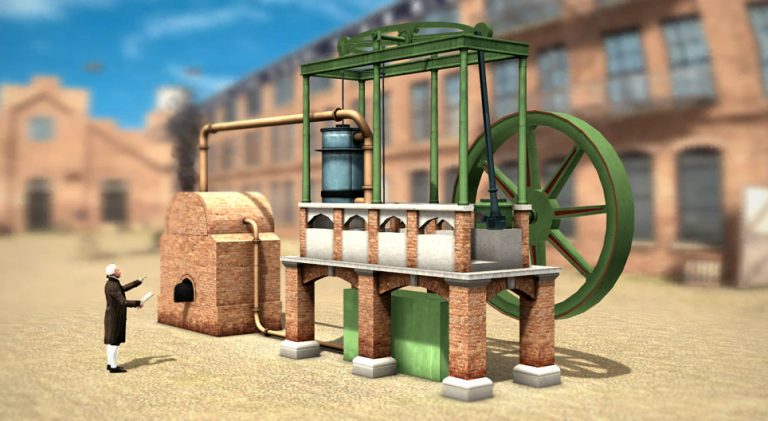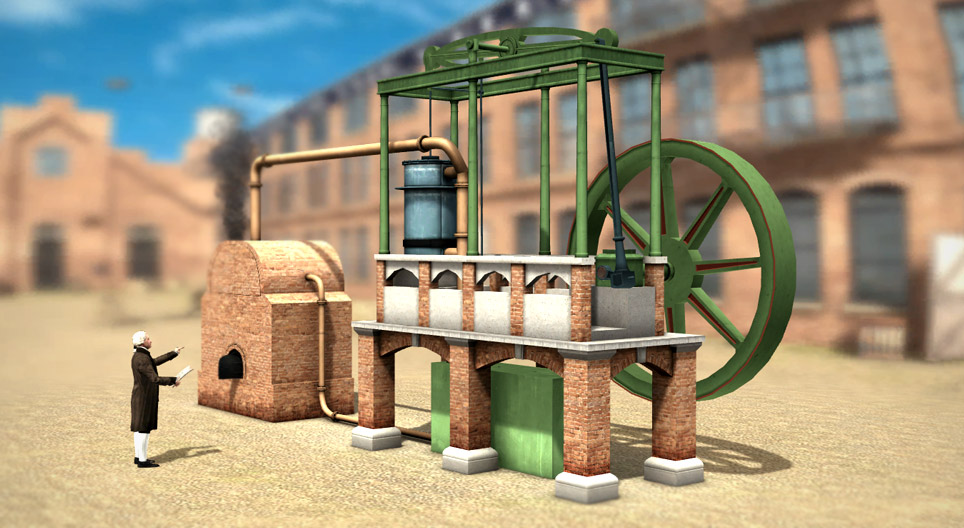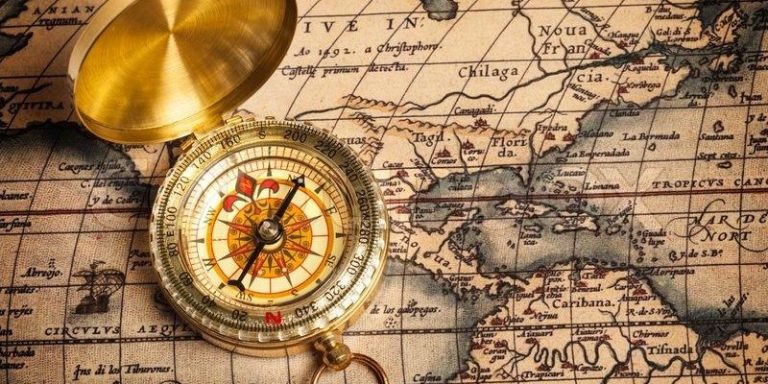
TOP 10 Greatest Inventions of All Time
Many ideas and inventions are groundbreaking. They have the potential to completely change the way we see the world and do our daily tasks. Some inventions are so ahead of their time that they create a path for future generations to build upon. Brilliant people build utilities, vehicles, and anything else you can think of.
Throughout history, human civilizations have witnessed technical wonders over time that have improved the quality of life. Here are the 10 greatest inventions of all time that you should know.
1Television
John Logie Baird, a Scottish inventor, is considered to be a major figure in the history of television development. On January 27, 1926, Baird broadcast the first television program, which was a puppet show. The puppets were filmed in front of a series of cameras and then the images were sent continuously to a nearby screen. In 1928, Baird became the first person to broadcast a television program overseas, from London to New York. This was considered to be the first color television program in the world.

2Steam engine
James Watt was the inventor of the steam engine, which is considered to be the most important invention of the Industrial Revolution in England in the late 18th and early 19th centuries. However, the invention of the steam engine was based on the earlier invention of a steam-powered water pump by Thomas Savery. Watt later made a number of improvements to Savery’s design, which made the steam engine much more efficient. The invention of the steam engine was a major breakthrough in the Industrial Revolution, as it allowed for the development of new machines and factories that were powered by steam.

3The light bulb
There is one common point between these inventions, no one is considered the main inventor. They are all improved from a previous invention, and the person who is considered to have invented it is the first person to help it stand on the market. In this case, it is the light bulb. Surely everyone immediately thinks of Thomas Edison, he is considered to be the inventor of the light bulb, but in fact, there have been many people who have tried to research with similar ideas before, and Edison developed the type of incandescent bulb. Joseph Swan also implemented a similar idea, and in the end, their combination gave birth to Ediswan company.
The light bulb works by passing an electric current through a conductor wire with a large resistance, which we often call a filament, from which the wire lights up and emits heat. Inside the bulb, people use a vacuum or inert gas to prevent the filament from burning.

4Electricity
In 600 BC, in Greece, the famous mathematician Thales of Miletus conducted research on everything around him and noticed that when rubbed hard, a piece of amber will attract wood chips. In 1600, after 22 centuries, Sir William Gilbert was the first to study electricity and magnetism. Gilbert remembered Thales’s observations. He wondered if other substances besides amber have the property of attracting light objects when rubbed hard? Gilbert tried with many materials and found that sulfur, glass, and silicon have similar properties. He named this mysterious attraction electricity, derived from the Greek word Elektra, which means amber.

5The Internet
The Internet is a global network of computers that allows people to share information and communicate. It is a vast resource for information, education, entertainment, and commerce.

6The compass
The first compasses were shaped like a spoon, cut from a piece of natural magnet and placed on a polished copper base to reduce friction.
Later, the Chinese used the compass in fishing. The Arabs learned how to use the compass while trading with China. After a period of exchange, the compass was brought to Western Europe in the late 12th century, and to Northern Europe in the 13th century, opening a new era in maritime and exploration.

7Car
The development and improvement of the automobile has been a long and complex process, involving the work of many people. The first self-propelled land vehicle with a motor was invented in 1769 by Nicolas-Joseph Cugnot, a French engineer. It was a three-wheeled carriage powered by a steam engine and a large boiler. It could travel at a speed of 5 km/h and had to be refueled every 24 hours.
The first gasoline-powered automobile was built in 1885 by Gottlieb Daimler, a German engineer. Daimler’s gasoline-powered automobile was the prototype for all gasoline-powered cars that were built after it. Today’s gasoline-powered cars are descendants of Daimler’s first car.

8The paper
The first person to make paper was Cai Lun, a Chinese official. In 105 AD, he invented the process of making paper from the inner fibers of mulberry bark. The Chinese learned to grind the bark and water to separate the fibers, then pour the mixture onto large trays with small bamboo tubes placed on them. When the water drained away, the thin sheets of paper were taken to dry on a flat surface. Later, to improve the quality of the paper, someone came up with the idea of adding starch.

9The wheel
The next significant step in the history of world improvement was the invention of the wheel, which scientists believe originated between 3300 and 3500 BC. Due to the difficulties in using logs to transport heavy objects, humans came up with the solution of combining the wheel with horizontal bars placed underneath to prevent the wheel from slipping out.

10The camera
In 1814, Joseph Nicéphore Niépce invented the first camera with a built-in darkroom. The image took 8 hours to expose to sunlight and develop. In 1837, Louis, Jacques and Mande Daguerre created the first portable film camera, which is still used today. With their contributions to film technology and optical effects, they are considered the fathers of the modern camera.







Leave a Reply